The True Cost of Damaged Castors and How to Prevent It

Imagine this: You arrive at work in the morning and discover that your equipment looks somewhat different than it did yesterday. It’s leaning over slightly and when you attempt to move it, it doesn’t want to budge. Upon further inspection, you realise that the problem is the casters attached to it. One of the castors is torn and deformed.
Imagine this: You arrive at work in the morning and discover that your equipment looks somewhat different than it did yesterday. It’s leaning over slightly and when you attempt to move it, it doesn’t want to budge. Upon further inspection, you realise that the problem is the casters attached to it. One of the castors is torn and deformed.
This kind of damage is all-to-common in many workplace, especially in industries where castors are used on heavy equipment or on concrete floors. What causes it? There could be a few reasons the caster has been damaged this way.
- The Load Capacity- Load capacity is extremely important when it comes to castors, and overloading them can quickly lead to damage. When equipment is too heavy, it puts more pressure on the castors than they are able to withstand. The result is a broken or deformed castor wheel.
- Hard Floors- How was the equipment unloaded and brought into the workplace? If a forklift was used and the equipment was unloaded onto a hard surface like concrete, this could be to blame. While castors are well-equipped to hold weight, they do not react well when they are dropped onto hard surfaces. Even if the fall was only a few centimetres, it could have been enough to cause damage, especially to the top plate.
These problems, while expensive, are pretty easy to fix. You may need to retrain your forklift drivers or those who move the equipment to be more careful so they don’t accidentally damage your castor wheels. You might also want to utilise heavier casters with thicker top plates if your equipment is heavy or place warning labels on the carts supporting the castors so your workers know how much weight they can hold.
While this seems like a simple enough fix, the true problem is the cost of those damaged castors. It adds up to far more than just the cost of a replacement castor wheel.
The Cost of Damaged Castors
So, what costs can you expect to pay when your castor wheels are damaged? Here are just a few.
- You’ll need to dedicate time and effort of one or more employees to move equipment or contents to another area so the castor can be removed from the cart and replaced. This may not take long, but you still have to pay employees to do it and it takes time out of their regular operations.
- An employee or a professional will have to spend time removing the castor, repairing the cart if it has been damaged, and replacing the damaged caster with a new one.
- If the equipment or cart is unique, like an oven you use every day for your catering business or a cart that has been designed to hold special equipment safely, your business may not be able to perform at its best while the cart is being repaired or the castor is being replaced.
- You will have to spend time, effort, and money to ensure this kind of damage doesn’t happen again, either by training your employees or developing and printing labels for each cart.
Damaged castor wheels cost more than just the money you’ll need to replace the actual wheel. They also take away from employee work, require additional time and effort, and prevent your business from operating smoothly. Don’t let damaged casters cost your business; be mindful of the load capacity of each caster you purchase and train employees how to handle equipment when castors are being used.











